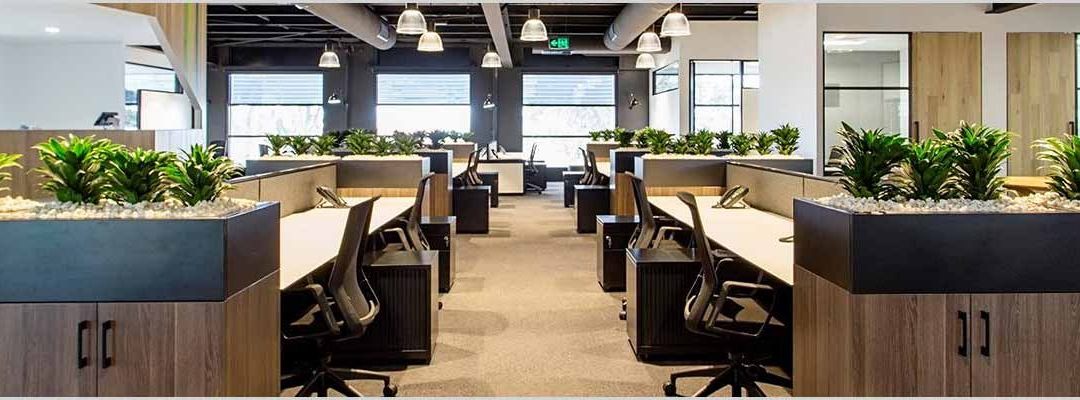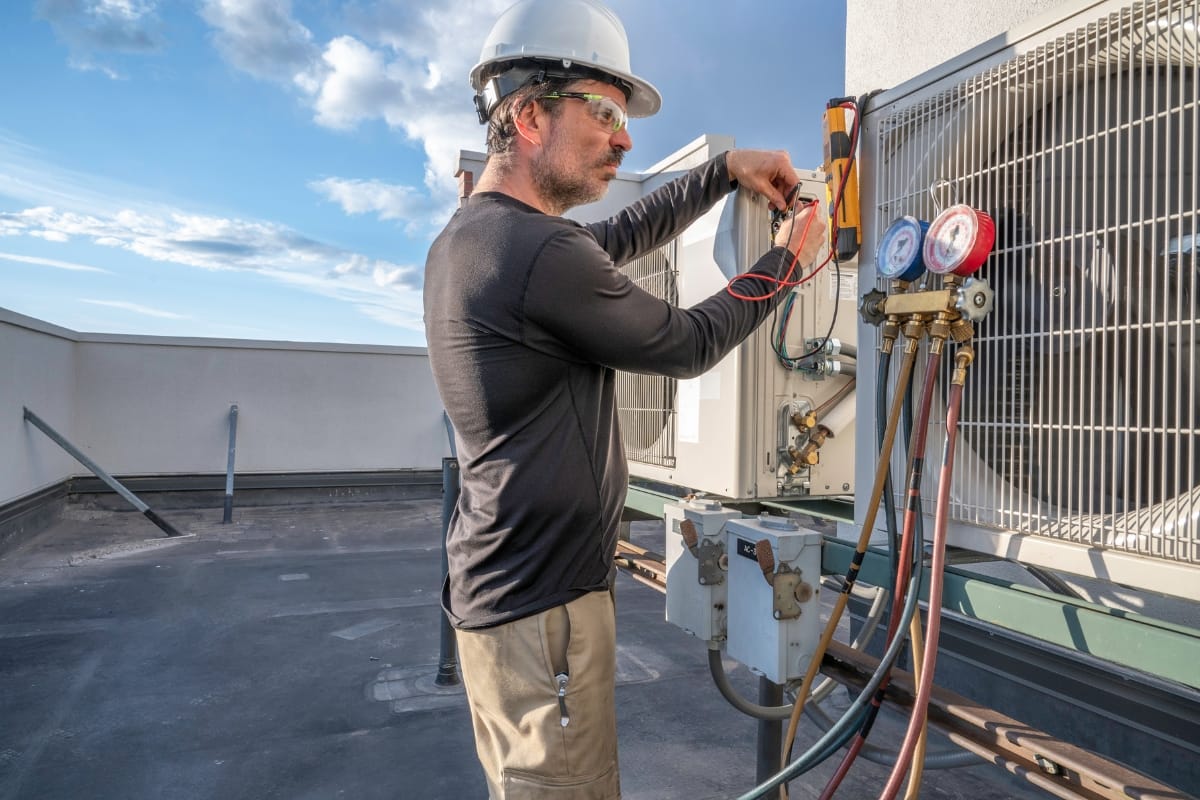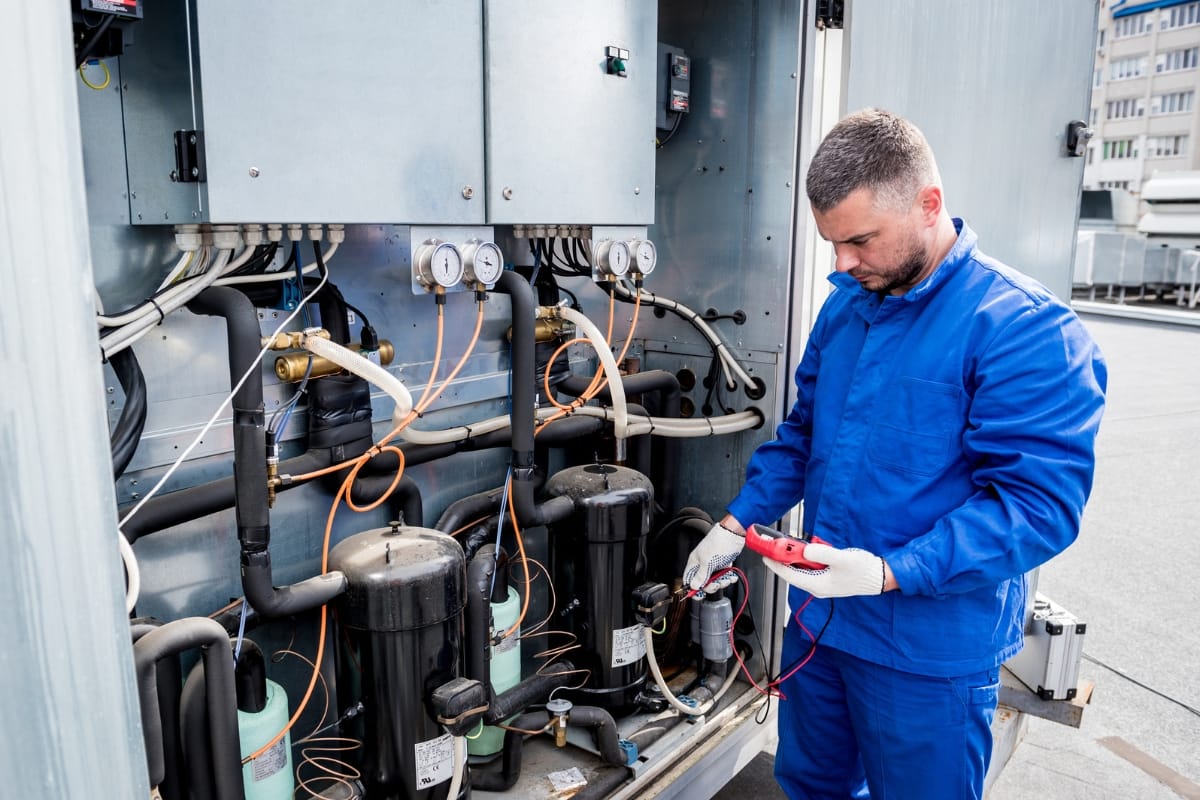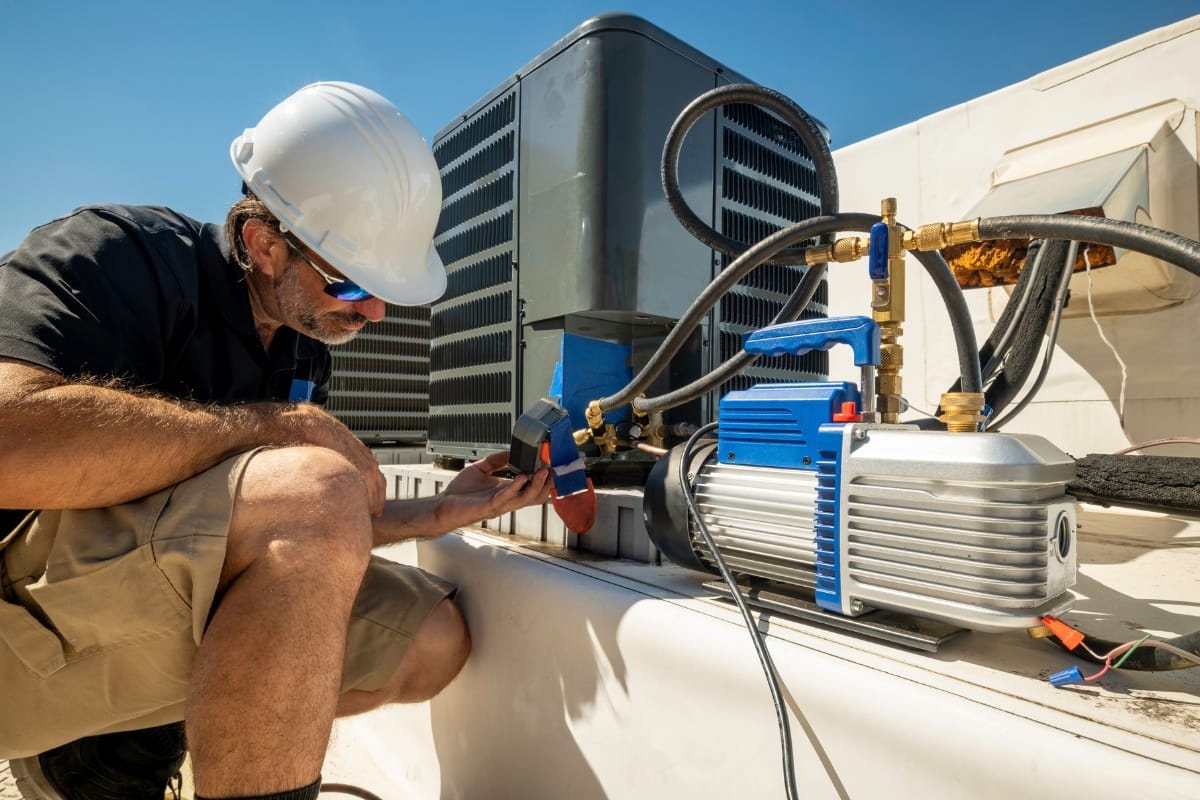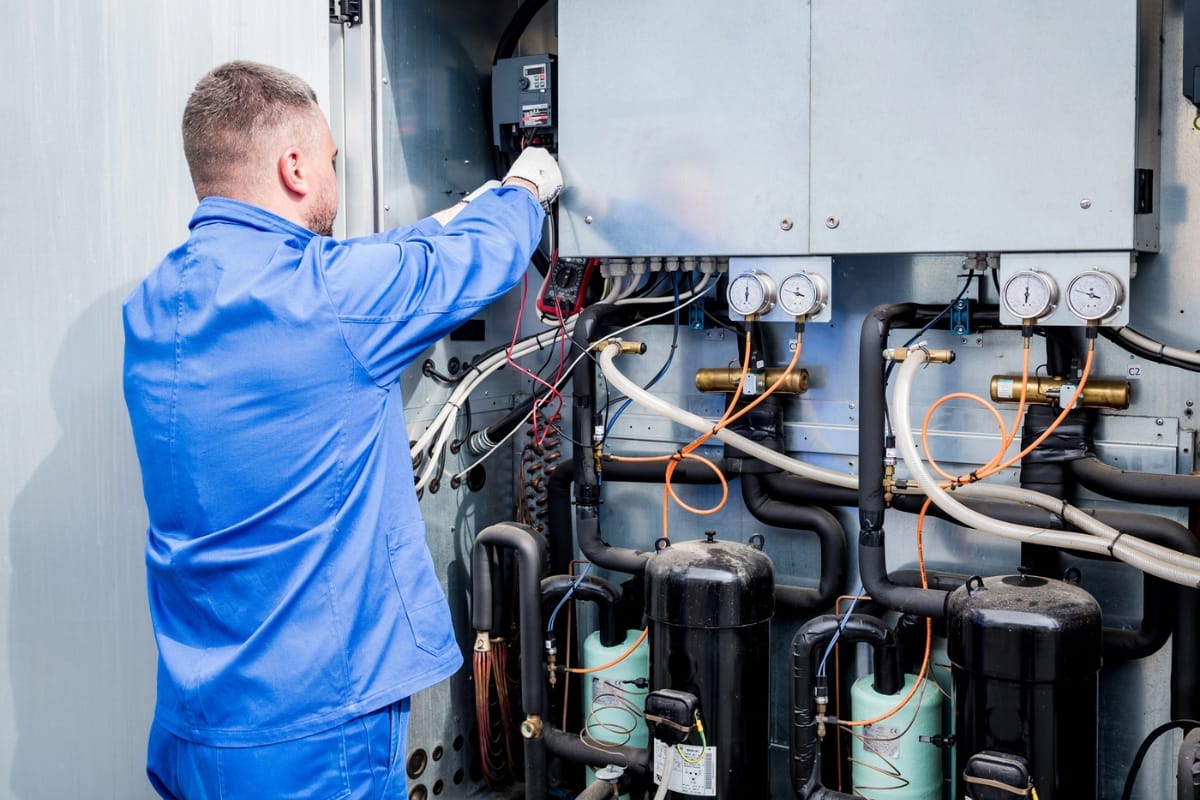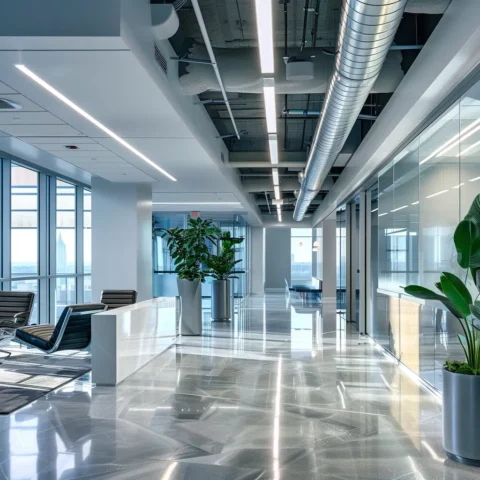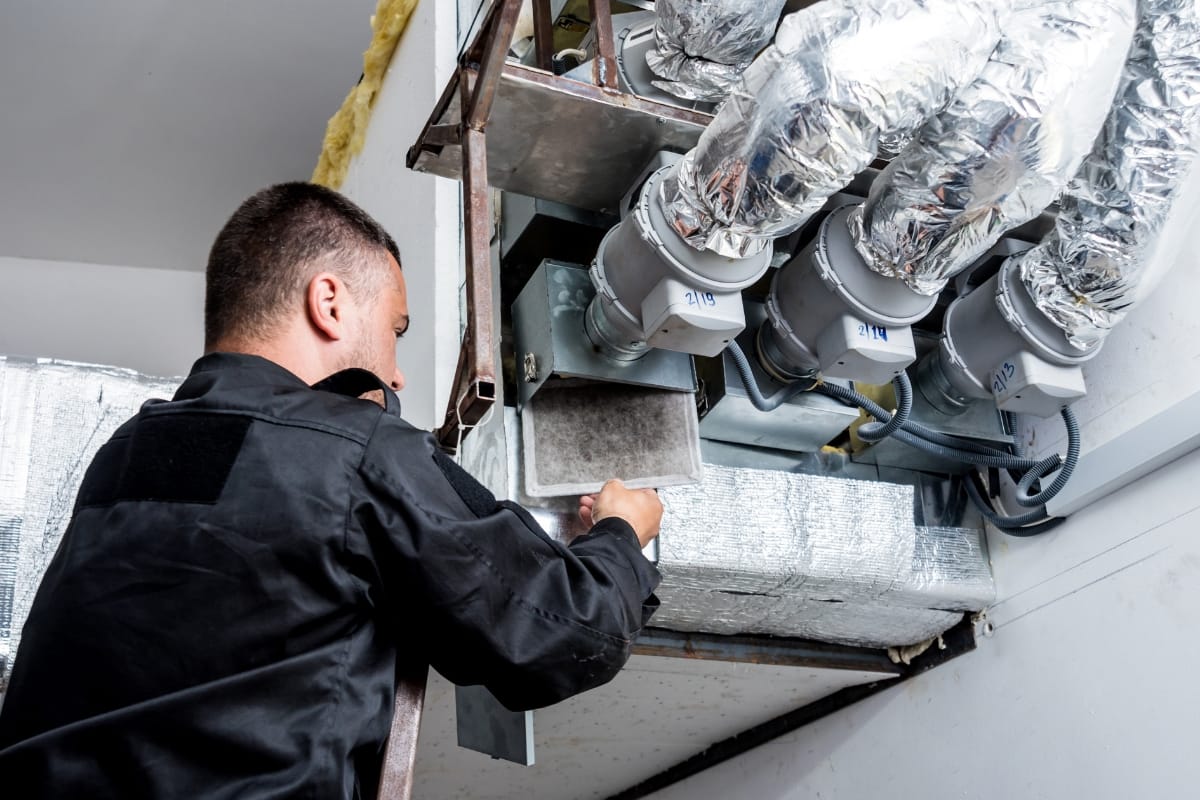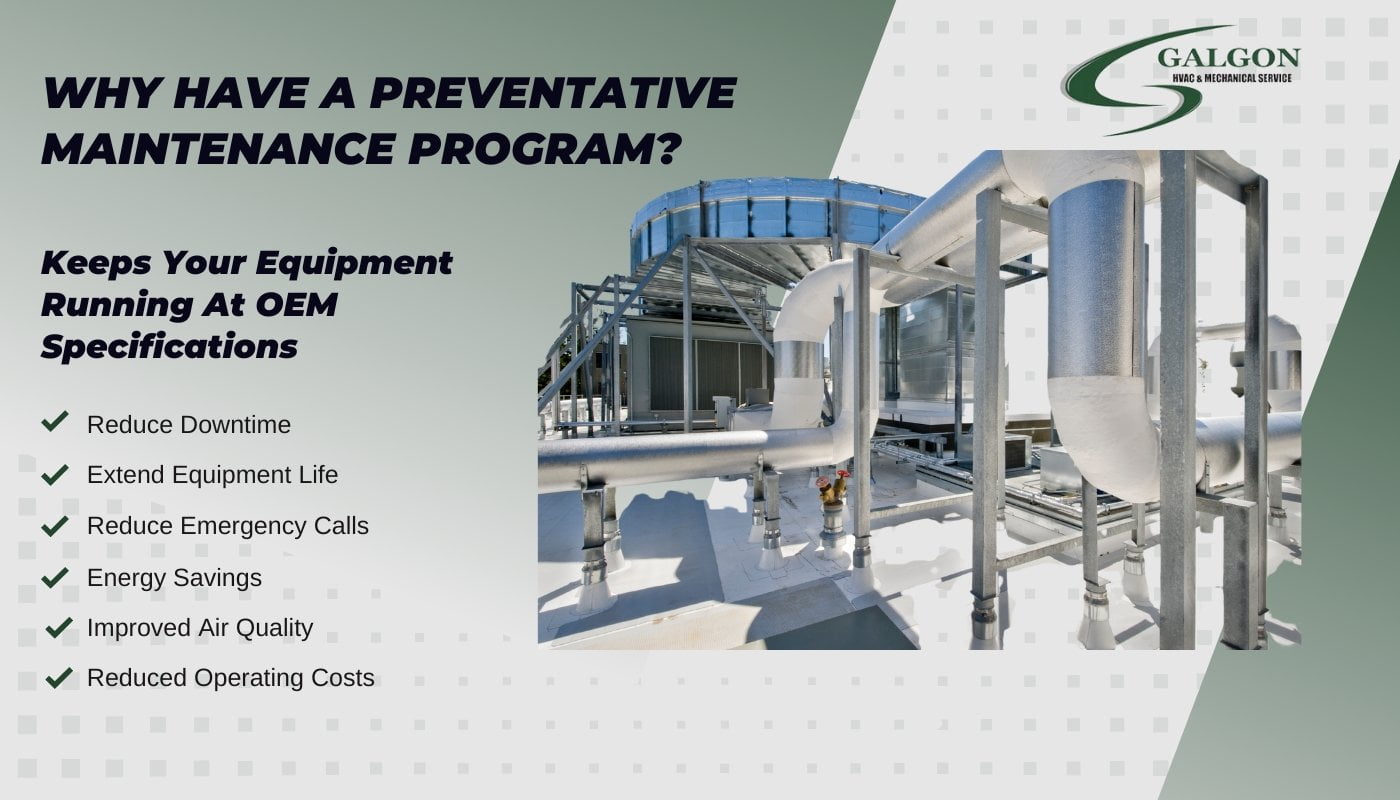Indoor Air Quality and Commercial Buildings
Indoor air quality is a major concern to businesses, building managers, tenants, and employees because it can impact the health, comfort, well-being, and productivity of building tenants.
Most Americans spend up to 90% of their time indoors and many spend most of their working hours in an office environment. Pollutants in our indoor environment can increase the risk of illness. Several studies by EPA, states, and independent scientific panels have consistently ranked indoor air pollution as an important environmental health problem. While most buildings do not have severe indoor air quality problems, even well-run buildings can sometimes experience episodes of poor indoor air quality. This can cost the building and companies money each year in lost productivity and medical care due to indoor air quality.
Management of Pollutant Sources, both Inside and Outside the Building
One important goal of an indoor air quality program is to minimize people’s exposure to pollutants from these sources. Some of the key pollutant categories include:
- Biological contaminants. Excessive concentrations of bacteria, viruses, fungi (including molds), dust mite allergen, animal dander, and pollen may result from inadequate maintenance and housekeeping, water spills, inadequate humidity control, condensation, or may be brought into the building by occupants, infiltration, or ventilation air.
- Chemical pollutants. Sources of chemical pollutants include tobacco smoke, emissions from products used in the building and accidental spill of chemicals, and gases such as carbon monoxide and nitrogen dioxide, which are products of combustion.
- Particles. Particles of dust, dirt, or other substances may be drawn into the building from outside and can also be produced by activities that occur in buildings, like sanding wood or drywall, printing, copying, operating equipment, and smoking.
Moisture and Humidity
It is important to control moisture and relative humidity in occupied spaces. The presence of moisture and dirt can cause molds and other biological contaminants to thrive. Relative humidity levels that are too high can contribute to the growth and spread of unhealthy biological pollutants, as can failure to dry water-damaged materials promptly (usually within 24 hours) or to properly maintain equipment with drain pans or tanks. Humidity levels that are too low, however, may contribute to irritated mucous membranes, dry eyes, and sinus discomfort.
Design, Maintenance, and Operation of Building Ventilation Systems
Maintaining good indoor air quality requires attention to the building’s heating, ventilation, and air conditioning (HVAC) system; the design and layout of the space; and pollutant source management. HVAC systems include all of the equipment used to ventilate, heat, and cool the building; to move the air around the building (ductwork); and to filter and clean the air. These systems can have a significant impact on how pollutants are distributed and removed. HVAC systems can even act as sources of pollutants in some cases, such as when ventilation air filters become contaminated with dirt and/or moisture and when microbial growth results from stagnant water in drip pans or from uncontrolled moisture inside of air ducts. Because of the HVAC system’s importance, good indoor air quality management includes attention to:
- Ventilation system design. The air delivery capacity of an HVAC system is based in part on the projected number of people and the amount of equipment in a building. When areas in a building are used differently than their original purpose, the HVAC system may require modification to accommodate these changes. For example, if a storage area is converted into space occupied by people, the HVAC system may require alteration to deliver enough conditioned air to the space.
- Outside air supply. An adequate supply of outside air, typically delivered through the HVAC system, is necessary in any office environment to dilute pollutants that are released by equipment, building materials, furnishings, products and people. Distribution of ventilation air to occupied spaces is essential for comfort.
- Outdoor air quality. When present, outdoor air pollutants such as carbon monoxide, pollen and dust may affect indoor conditions when outside air is taken into the building’s ventilation system. Properly installed and maintained filters can trap many of the particles in this outdoor supply air. Controlling gaseous or chemical pollutants may require more specialized filtration equipment.
- Space planning. The use and placement of furniture and equipment may affect the delivery of air to an occupied space. For instance, the placement of heat-generating equipment, like a computer, directly under an HVAC control device such as a thermostat may cause the HVAC system to deliver too much cool air because the thermostat senses that the area is too warm. Furniture or partitions that block supply or return air registers can affect IAQ as well, and need to be positioned with attention to airflow.
- Equipment maintenance. Diligent maintenance of HVAC equipment is essential for the adequate delivery and quality of building air. All well-run buildings have preventive maintenance programs that help ensure the proper functioning of HVAC systems.
- Controlling other pollutant pathways. Pollutants can spread throughout a building by moving through stairwells, elevator shafts, wall spaces and utility chases. Special ventilation or other control measures may be needed for some sources.
Things Everyone in the Building Can Do
Here are some things you can do to help with indoor air quality:
- Do not block air vents or grilles.
- Comply with the office and building smoking policy.
- Clean up all water spills promptly, water and maintain office plants properly and report water leaks right away.
- Dispose of garbage promptly and properly.
- Store food properly.
- Notify your building or facility manager immediately if you suspect an IAQ problem.

